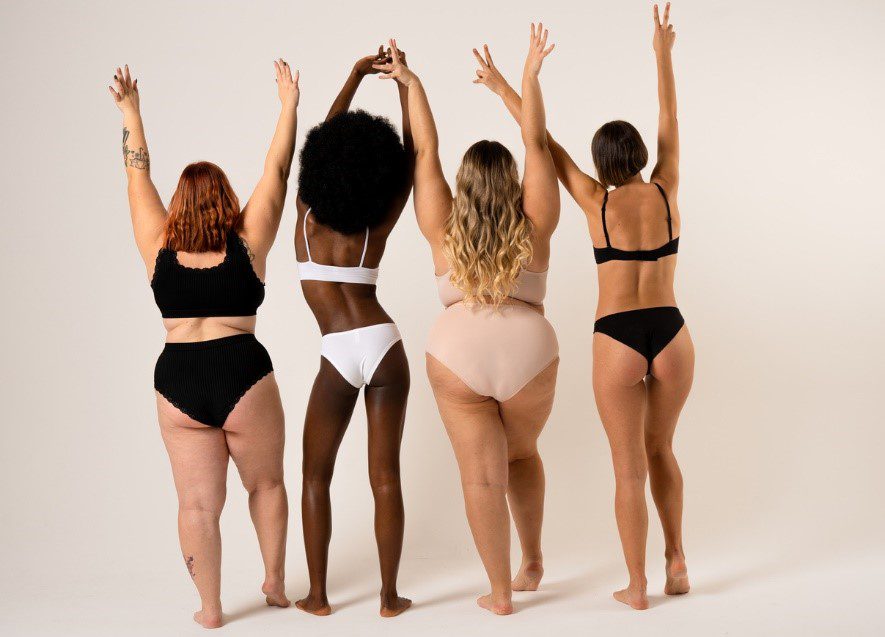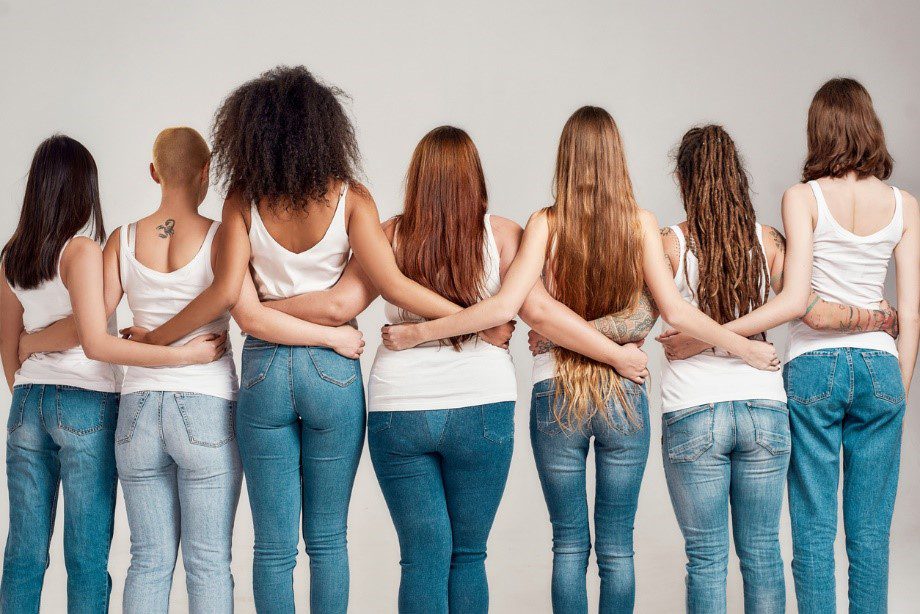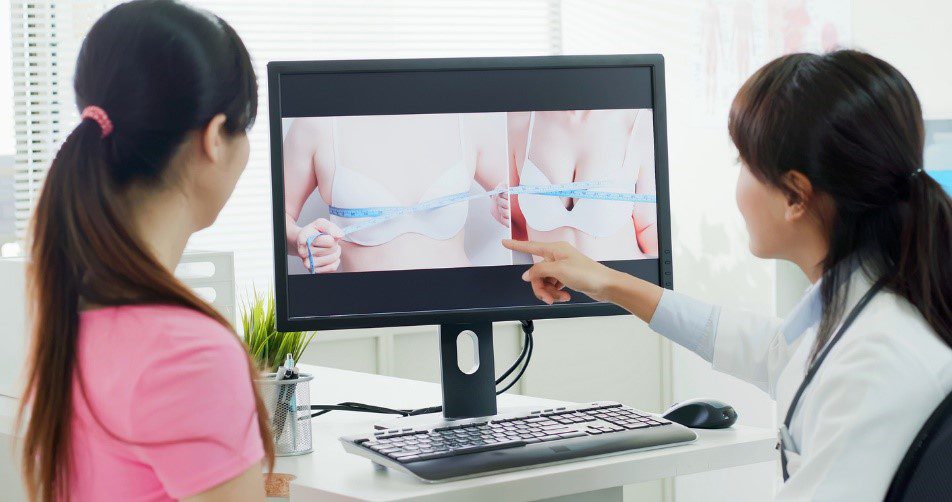Our Clinic in Guernsey
Albert House
South Esplanade
St. Peter Port
Guernsey
GY1 1AW
Tel: 01481 736699
Fax: 01481 736688
View on Map
If you require further information about any of our treatments, our medical team, or availability of appointments, please do not hesitate to contact us by telephone, email or simply by filling out the contact form.
Albert House
South Esplanade
St. Peter Port
Guernsey
GY1 1AW
Tel: 01481 736699
Fax: 01481 736688
View on Map
Operating across the Channel Islands and in the UK, the Aesthetic Skin Clinic (ASC) is a trusted, leading name within the medical aesthetic industry. Our cosmetic clinics are located in Jersey and Guernsey, as well as Belfast, Northern Ireland.
Albert House
South Esplanade
St. Peter Port
Guernsey
GY1 1AW
Tel: 01481 736699
Fax: 01481 736688
View on Map
Find out more

Every era beholds its unique beauty standards. These continually change, reflecting society’s shifting preferences and expectations. For instance, the ample curves favoured in the Renaissance contrast sharply with the boyish, slender silhouettes idolised in the 1920s. Even within the last few decades, we’ve seen an array of popular body shapes, showcasing the ebb and flow of fashion trends.
Cosmetic procedures have allowed the modification of body shapes to align with changing fashion trends, leading to periods of popularity for procedures like augmentations or liposuctions, based on the “in style” body type. This signifies the intriguing concept of our bodies being subject to trends, reflecting both the progress in cosmetic procedures and our evolving perceptions about body image.
At Aesthetic Skin Clinic, we find this concept fascinating. Understanding the concept of body shapes being in fashion ensures we meet our client’s needs and stay at the forefront of changes in the industry. However, it also enables us to provide better advice for our clients and help them understand that trends come and go and body positivity and embracing individuality will always remain at the forefront.
So, let’s explore this intriguing topic and get a better understanding of why body shapes go in and out of fashion.
Historically, body shape trends have mirrored societies’ various circumstances. In times of plentiful resources, larger body shapes synonymous with wealth and prosperity were often idealised. Conversely, leaner body shapes have been preferable in times of scarcity, illustrating physical fitness and tenacity.
Fashion trends also played significant roles. The Victorian era celebrated the hourglass figure, accentuated by tight-fitting corsets. The Roaring Twenties then heralded the “flapper”, with a flat-chested, boyish figure being the epitome of cool. More recently, the 90s and early 2000s saw the rise of the waif-like “heroin chic” look.

From the early 2010s, many other influences have shifted beauty ideals, such as:
These platforms often showcase aspirational physiques, prompting audiences to emulate the look, leading to rapid changes in beauty trends. However, as new personal styles, body types, or fashion statements emerge in the public eye, previous trends can evaporate as quickly as they appeared, reflecting the fleeting and cyclical nature of beauty standards within our digital, fast-paced society.
Media and celebrities significantly impact body shape trends, with these influential figures subconsciously serving as guides for achieving ‘perfect’ body shapes. So much so that many prospective cosmetic enhancement patients have been found to bring celebrity photos to consultations, seeking to emulate their features. However, critics argue that this idolisation, amplified by the aforementioned media, like reality TV and social platforms, creates unrealistic beauty standards that could lead to self-esteem issues and unhealthy behaviours. For instance, in 2018, Kylie Jenner’s admission of lip filler treatments saw a notable surge in similar procedures. This trend exemplifies the potentially harmful effects of fleeting beauty standards influenced by media and celebrities.
The rise in aesthetic treatments and cosmetic procedures directly correlates with evolving body type trends in our society. As specific body shapes or features gain popularity in fashion or media, the demand for corresponding cosmetic treatments tends to increase. For example, non-invasive body sculpting treatments have grown popular with the “toned and fit” physique trend in recent years. These changes underline the dynamic nature of beauty standards and the cosmetic industry’s role in helping individuals navigate these trends safely and effectively. With today’s advancements in cosmetic dermatology and surgery, aesthetic procedures and surgical treatments have become an appealing solution for those seeking to meet body shape expectations. This is because these procedures offer individuals a quicker pathway to achieve their desired body shapes.
However, whilst they often provide fast and appealing results, cosmetic procedures should never be used as a quick fix, especially when trying to reach a body standard that is currently popular.
Despite the popularity of cosmetic procedures, it’s essential to consider the ethical implications. The expert team at ASC believes in the importance of patient education and comprehensive consultations before undergoing any procedure, ensuring individuals make informed decisions. Above all else, we prioritise patient safety, mental well-being, and the delivery of realistic expectations.
In line with this, while societal body shape trends will continue to fluctuate, we believe in celebrating individuality and promoting a positive body image. Our goal is to enhance your natural beauty so you feel confident and empowered in your own skin.

Remember, beauty trends come and go, but self-confidence will always be in style. We encourage patients to seek cosmetic treatments as a means to express their individuality and pursue personal well-being rather than succumbing to external pressures.
If that is the case for you, we would love to help. Please don’t hesitate to get in touch, and a member of our team will be more than happy to guide you in the right direction; we look forward to hearing from you.
No Related Articles Found




